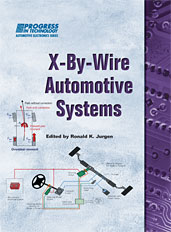Technical Paper
“MBE 4000-A New Engine for the US Class 8 Truck Market”
2000-12-04
2000-01-3457
Due to ever soaring fuel costs and even more stringent emission regulations which require more elaborate technical efforts and unfortunately lead to a negative trend on fuel economy as well, todays and future trucking business is extremely challenged. These facts create an urgent requirement for the engine manufacturer to offer an engine with an optimized cost-benefit-ratio for the trucking business. Mercedes-Benz, as the leader in the European commercial vehicle market - of which e. g. high fuel costs, long maintenance intervals and high engine power-to-weight ratios have always been key characteristics - has developed a new class 8 engine for the US market. The MBE 4000 is a 6 cylinder inline engine in the compact size and low weight category, but due to its displacement of 12,8 liters it offers high performance characteristics like heavier big block engines.

